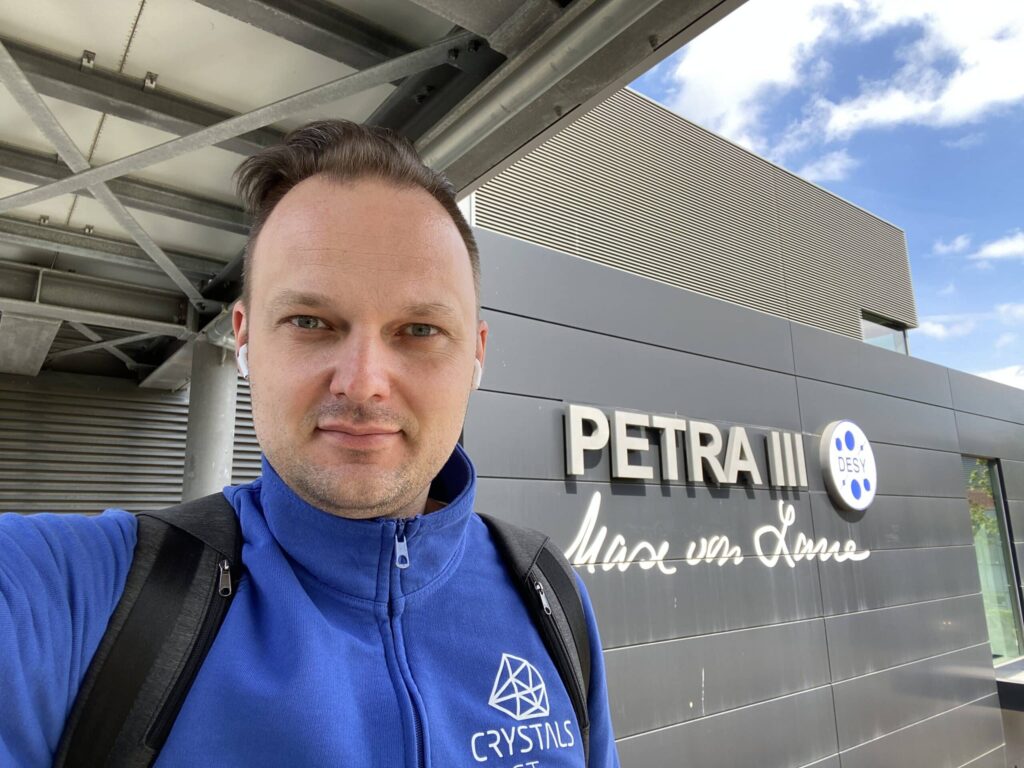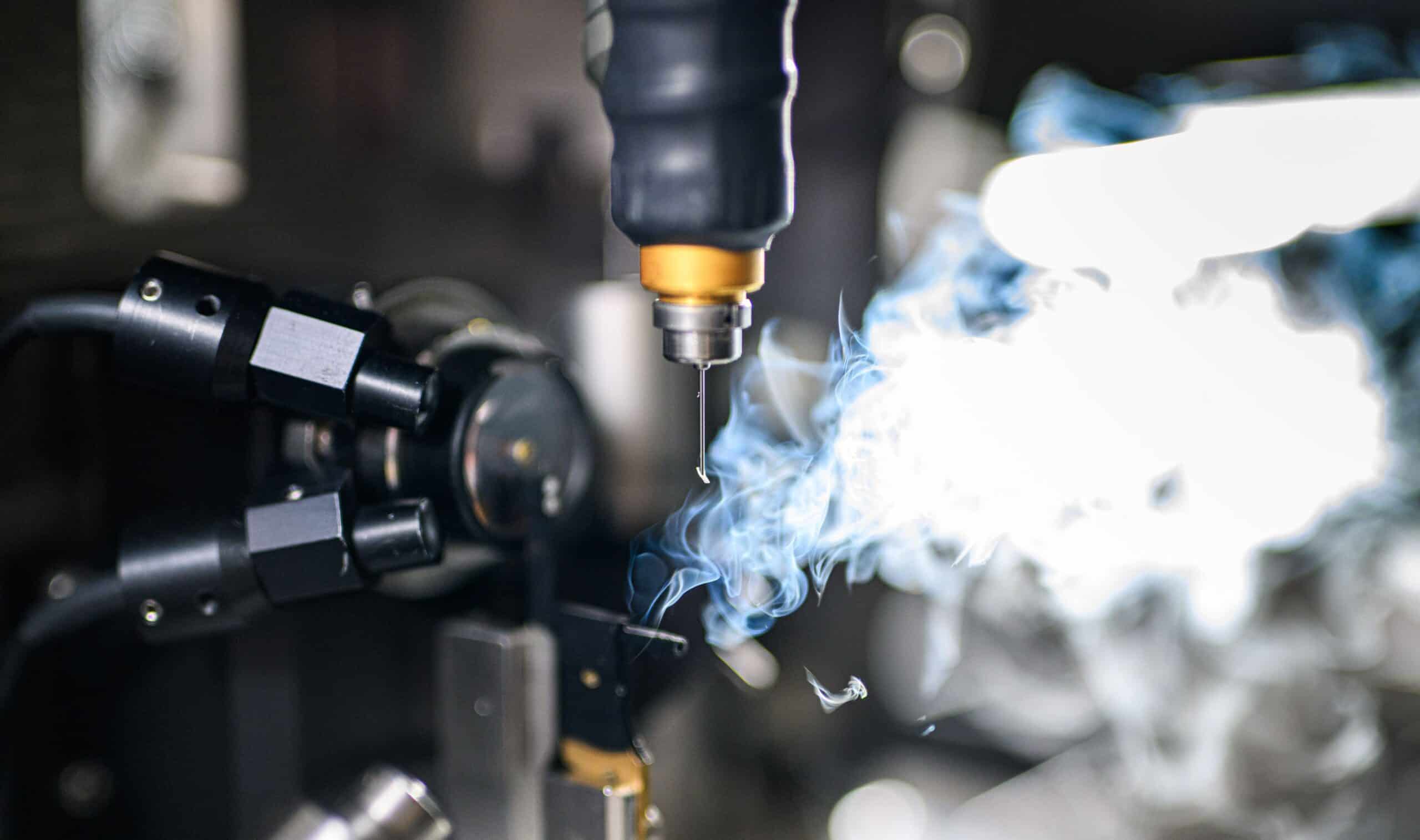CrystalsFirst is a successful deeptech start-up that develops scientific services and technologies for the search for novel and effective drugs. Biotech and pharmaceutical companies as well as scientific institutions appreciate the groundbreaking pace at which CrystalsFirst supports them in their research and development.
The start-up's services are located at the interface between science and industry and are of great benefit to society: Efforts to develop new medicines are intended to benefit patients -
for example, to ensure affordable therapies and thus better medical care for the population.
The innovation ecosystem in Science City offers the deep-tech start-up CrystalsFirst access to a diverse research infrastructure, state-of-the-art workspaces and facilitates networking.

Dr. Serghei Glinca, CrystalsFirst
Your life before the start-up: What did you research?
We are a spin-off from the working group of Professor Gerhard Klebe at the Philipps University of Marburg. We use methods from structural biology, medicinal chemistry and computer-based drug design to enable and accelerate the design of new drugs. During my dissertation, I worked on computer-aided drug design in the research group and had insights into various activities of the process. Other members of our team have worked intensively on protein crystallography. Protein crystallography is an important core part of our technology platform, which is constantly evolving.
How did the idea that changed everything come about?
The process of drug design is often compared to looking for a needle in a haystack. Many established approaches in the industry "expand the haystack" in the hope that better or more needles will be found. Our idea is based on not making the haystack bigger. Instead, we test a small amount of molecules directly on crystals and experimentally generate 3D data. This 3D data can be seen and used as a blueprint for the active ingredient. In relation to the haystack, this means that we generate a kind of "profile" for the needle that we are looking for in the haystack. As a rule, this 3D data is only generated at a later stage of the drug design cycle. But because we have developed a technology for this step, we can do it much earlier in the process and generate the data more reliably.
What is your success based on?
Our team is what makes the company successful. Our team consists of scientists who enjoy solving problems and working with customers.

© DESY, Daniel Reinhardt
What locational advantages does Science City offer you?
Science City is more than just a location for us. Science City is an ecosystem! World-leading research takes place here. Exciting start-ups that want to be global leaders are created here. Access to the research infrastructure on campus and to talent is certainly an important aspect of this location. But for founders and start-ups, it is particularly important to exchange ideas with all partners in the ecosystem so that they can continue to develop together.
What do you think is really important during the start-up phase?
That's a good question. I will answer it from a deeptech and life science perspective. The foundation is about three components: the vision, the team and the market. By vision I mean: where is the journey of the technology, the team and the company going? Does our technology or our company solve a real problem? It is important that the team has the right chemistry and that everyone is behind the vision. This motivates and creates a shared perspective. The market has many levels - but it is the customers with whom we build the relationship and for whom we solve the problems. There is also the sales process: can you get the product or service to the customer?
What tips would you have liked to have received as a founder?
What I only learned over time were commercialization strategies for our product and service. Knowing the strategically important points for our industry earlier would have made our communication clearer.
What are your next goals?
Continue to grow and expand market share - as simple as that.
